Artificial Intelligence (AI) has been making waves across industries, from healthcare to finance, but one area where it’s sparking heated debates is creativity. Will AI replace human creativity? Can machines truly innovate? By 2025, the answers might surprise you. This article dives into the surprising truth about AI and creativity, exploring how it’s reshaping industries, challenging our assumptions, and offering new opportunities for creative minds.
What Is Creativity in the Age of AI?
Creativity has always been seen as a uniquely human trait. It’s the spark that fuels art, music, literature, and innovation. But in 2025, AI is redefining what creativity means. Tools like OpenAI’s ChatGPT and DALL·E are already generating poems, paintings, and designs that rival human creations. So, is creativity still a human monopoly? Not anymore. AI is proving that creativity isn’t just about inspiration—it’s also about patterns, data, and algorithms.
For example, AI can analyze millions of songs to compose a hit single or sift through centuries of art to produce a masterpiece. It’s not reinventing the wheel; it’s reimagining it. This raises the question: Is AI truly creative, or is it just mimicking human creativity? The answer lies in how we define creativity. If creativity is about solving problems in novel ways, then AI is already a creative powerhouse.
How AI Is Changing Creative Industries
By 2025, AI is expected to revolutionize creative industries in ways we can’t yet fully comprehend. Here’s how:
- Content Creation: AI tools like Jasper AI and Copy.ai are helping writers craft compelling content in minutes. Bloggers, marketers, and journalists are leveraging these tools to save time and boost productivity. Want to write a bestselling novel? There’s an AI for that.
- Art and Design: Artists are collaborating with AI to push boundaries. Platforms like DeepArt and Runway ML allow creators to generate stunning visuals using AI algorithms. Even fashion designers are using AI to predict trends and create unique designs.
- Music and Film: AI is composing soundtracks, editing videos, and even scripting movies. Companies like Amper Music are making it easier for filmmakers to score their projects without hiring composers.
But here’s the catch: AI isn’t replacing creatives; it’s empowering them. Think of AI as a co-pilot, not a competitor. It handles the heavy lifting, freeing creatives to focus on what they do best—innovating and storytelling.
The Ethical Dilemma: Who Owns AI-Generated Creations?
As AI takes center stage in creativity, ethical questions are cropping up. Who owns the rights to AI-generated art? Is it the programmer, the company behind the AI, or the user who input the data? By 2025, these questions will need answers.
Take the case of OpenAI, the creators of ChatGPT and DALL·E. They’ve set guidelines for responsibly using their tools, but the legal landscape is still murky. Artists and creators must navigate copyright laws, licensing agreements, and ethical considerations to protect their work.
Moreover, there’s the risk of AI perpetuating biases. If trained on biased data, AI can produce content that reinforces stereotypes. This calls for transparency and accountability in AI development. As we move into 2025, it’s crucial to establish clear ethical frameworks for AI-generated creativity.
The Role of Humans in a World of Creative AI
Despite AI’s capabilities, humans remain at the heart of creativity. Machines can analyze patterns and generate ideas, but they lack the emotional depth and cultural context that fuel groundbreaking innovations. Think of AI as a tool, not a replacement.
For instance, while AI can compose music, it takes a human to infuse it with soul and meaning. Similarly, AI can write a script, but it takes a human director to bring it to life. The key is collaboration—humans and AI working together to achieve what neither can accomplish alone.
By 2025, the most successful creatives will be those who embrace AI as a partner. They’ll use it to enhance their skills, expand their horizons, and push creative boundaries. The future of creativity isn’t about choosing between humans and machines—it’s about harnessing the best of both worlds.
What Does This Mean for You in 2025?
If you’re a creative professional, 2025 promises exciting opportunities—and challenges. Here’s how you can stay ahead:
- Embrace AI Tools: Experiment with AI tools to streamline your workflow and unlock new possibilities. Tools like Adobe Firefly and Canva are making it easier than ever to create stunning visuals.
- Focus on Unique Value: Let AI handle repetitive tasks so you can focus on what makes your work unique—your perspective, emotions, and storytelling.
- Stay Ethical: Be mindful of the ethical implications of AI-generated content. Use it responsibly and advocate for fair practices in your industry.
The future of creativity is bright, but it requires adaptability and a willingness to embrace change. Whether you’re an artist, writer, or designer, AI can be your greatest ally—if you know how to use it.
The Bigger Picture: AI and the Human Experience
Beyond creative industries, AI is reshaping the way we experience the world. It’s changing how we consume art, music, and literature, and challenging our notions of authorship and originality. By 2025, AI could democratize creativity, making it accessible to anyone with an idea.
Imagine a world where aspiring artists can create masterpieces without years of training, or writers can publish novels without the gatekeepers of traditional publishing. AI has the potential to level the playing field, empowering individuals to express themselves in ways they never thought possible.
But with great power comes great responsibility. As AI becomes more integrated into our lives, it’s up to us to ensure it enhances, rather than diminishes, the human experience. Creativity is what makes us human—let’s keep it that way.
Join the iNthacity Community
At iNthacity, we’re passionate about exploring the intersection of technology and creativity. Join our community and become part of the "Shining City on the Web." Whether you’re a tech enthusiast, creative professional, or curious mind, sign up for our newsletter to stay updated on the latest trends and insights.
Looking for local news and helpful resources? Check out our Toronto news portal for curated content tailored to your city. Let’s shape the future of creativity together.
Final Thoughts
The surprising truth about AI and creativity is that it’s not about competition—it’s about collaboration. By 2025, AI will be a powerful tool for creatives, offering new ways to innovate and express ourselves. But the heart of creativity will always remain human.
What are your thoughts on AI and creativity? Can machines ever truly be creative? Share your opinions in the comments, and don’t forget to like, share, and join the debate. Let’s build a future where technology and creativity go hand in hand.
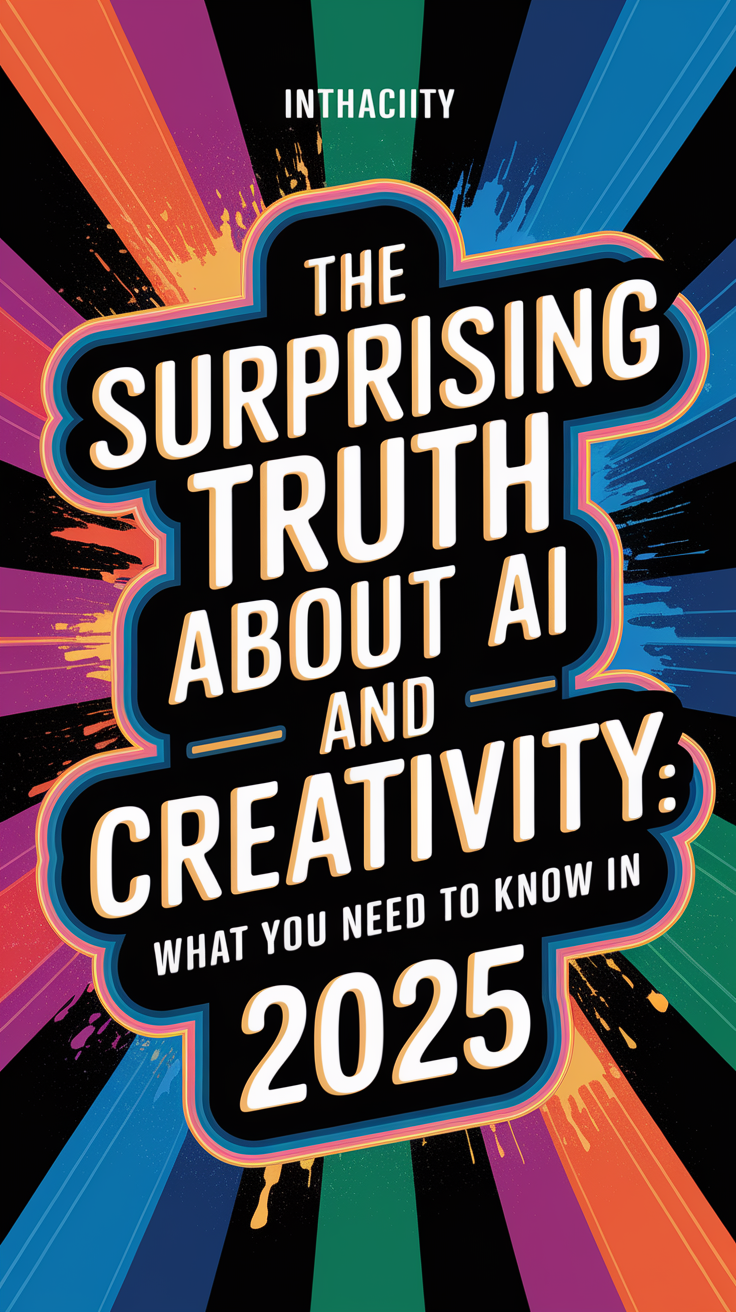
Disclaimer: This article may contain affiliate links. If you click on these links and make a purchase, we may receive a commission at no additional cost to you. Our recommendations and reviews are always independent and objective, aiming to provide you with the best information and resources.
Get Exclusive Stories, Photos, Art & Offers - Subscribe Today!
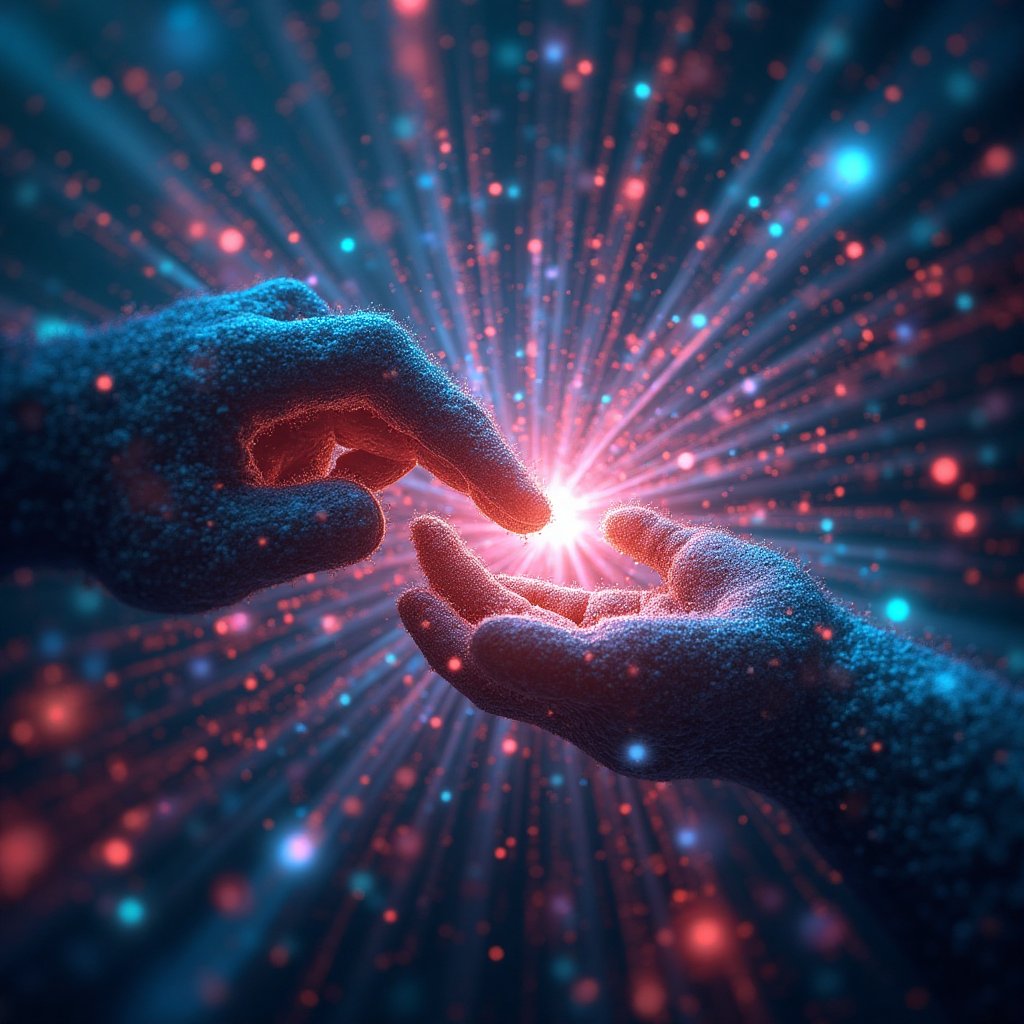
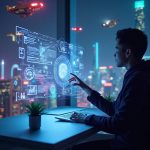


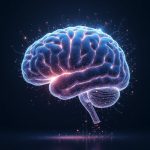

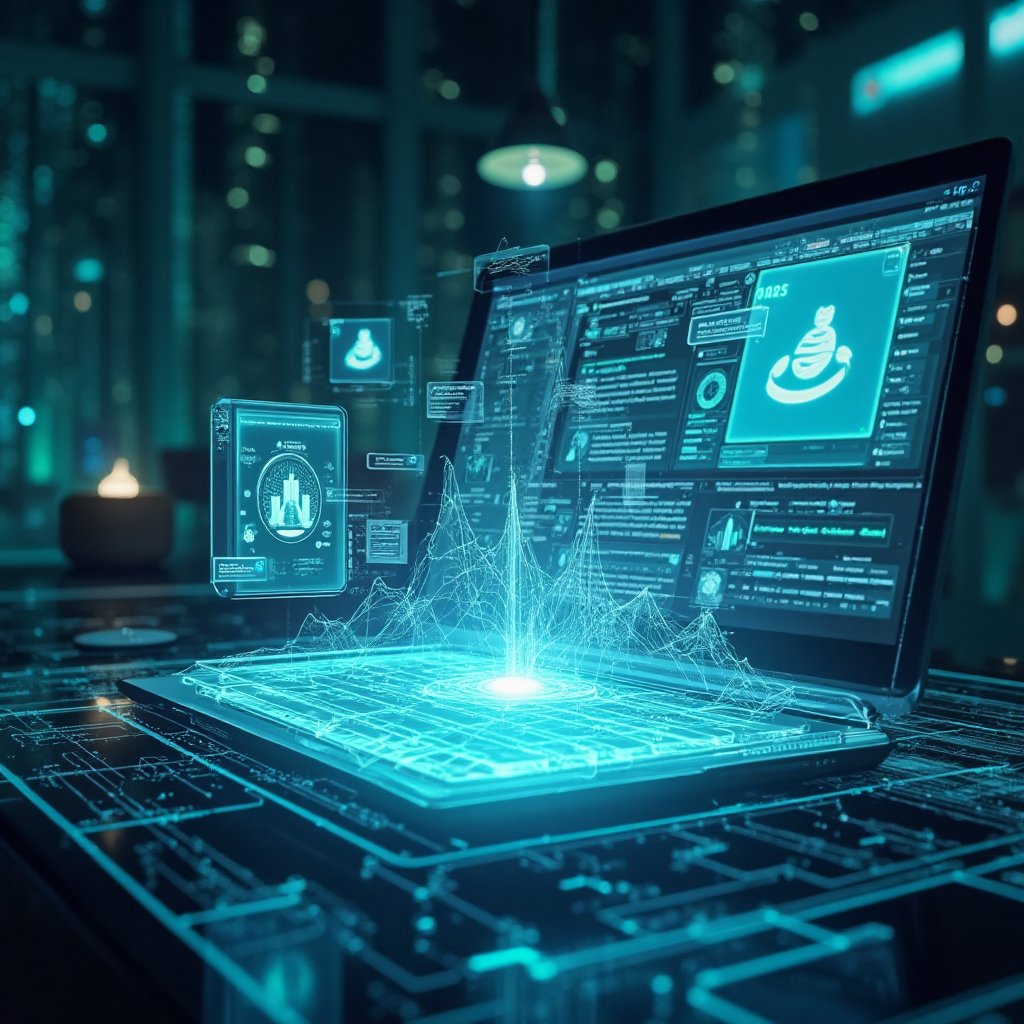
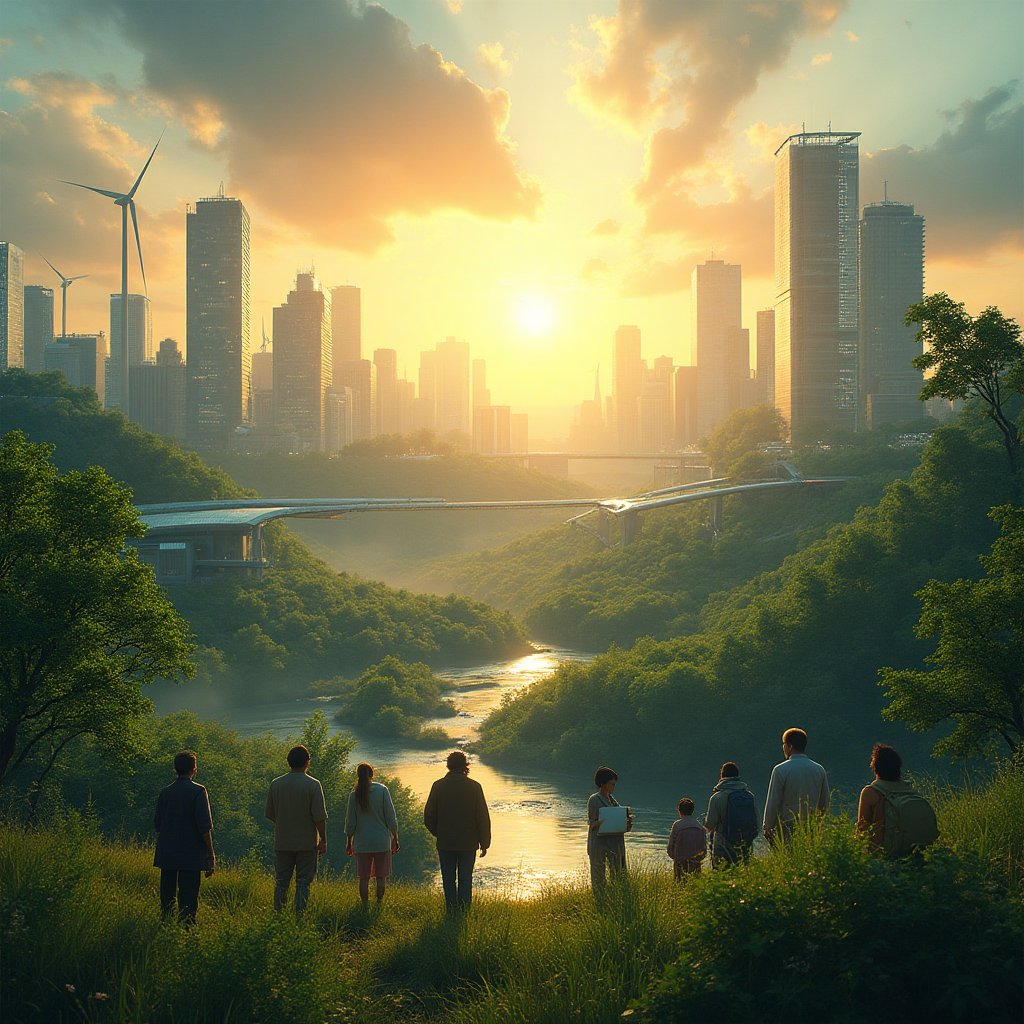
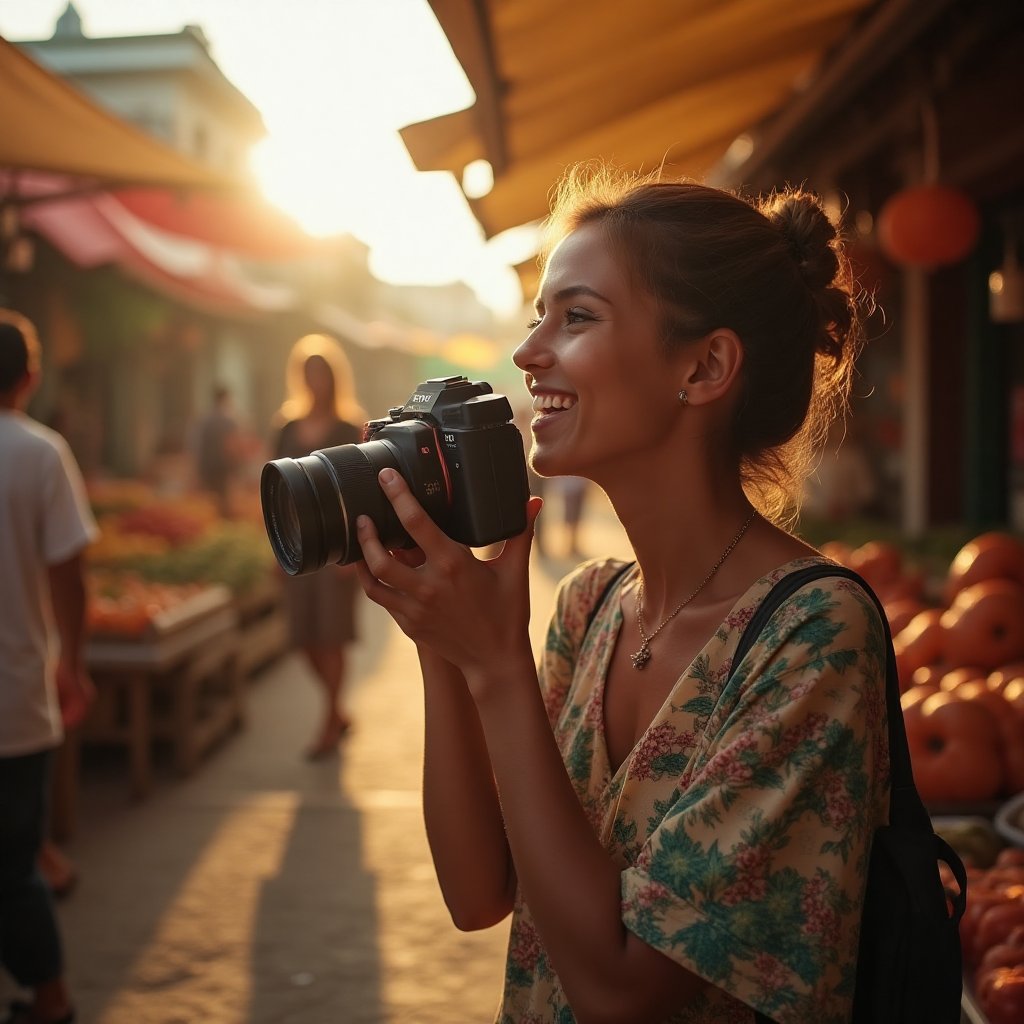















Post Comment
You must be logged in to post a comment.